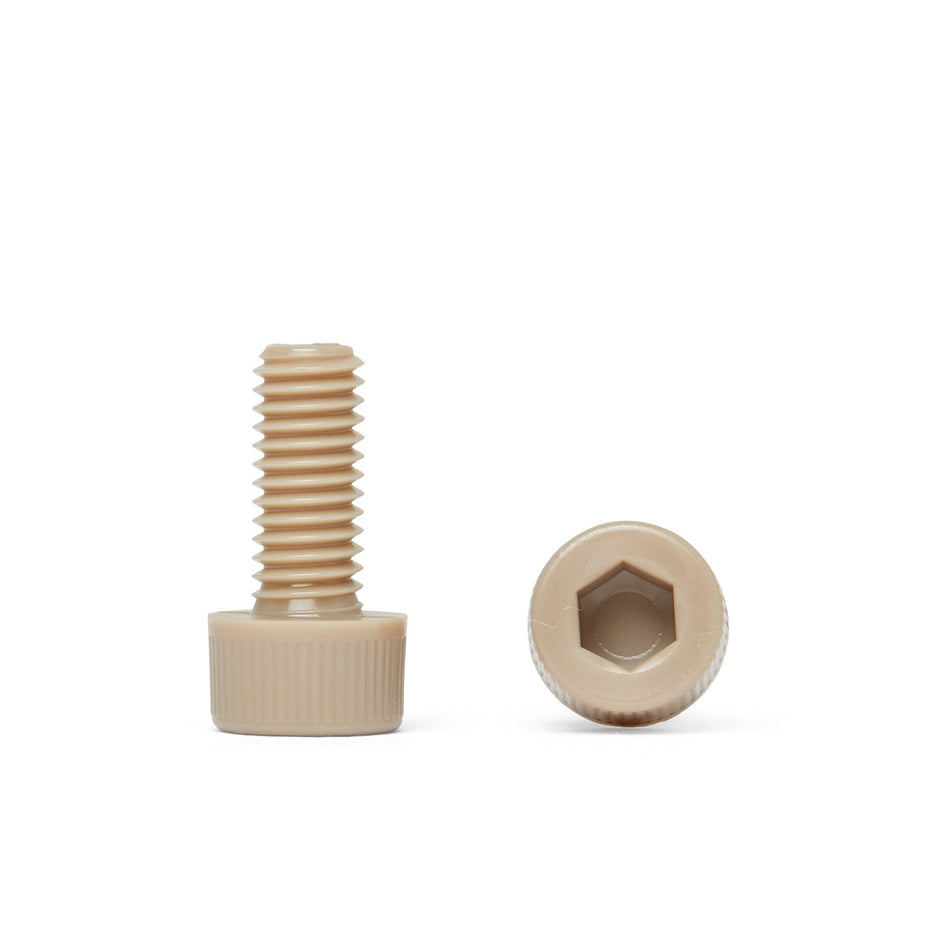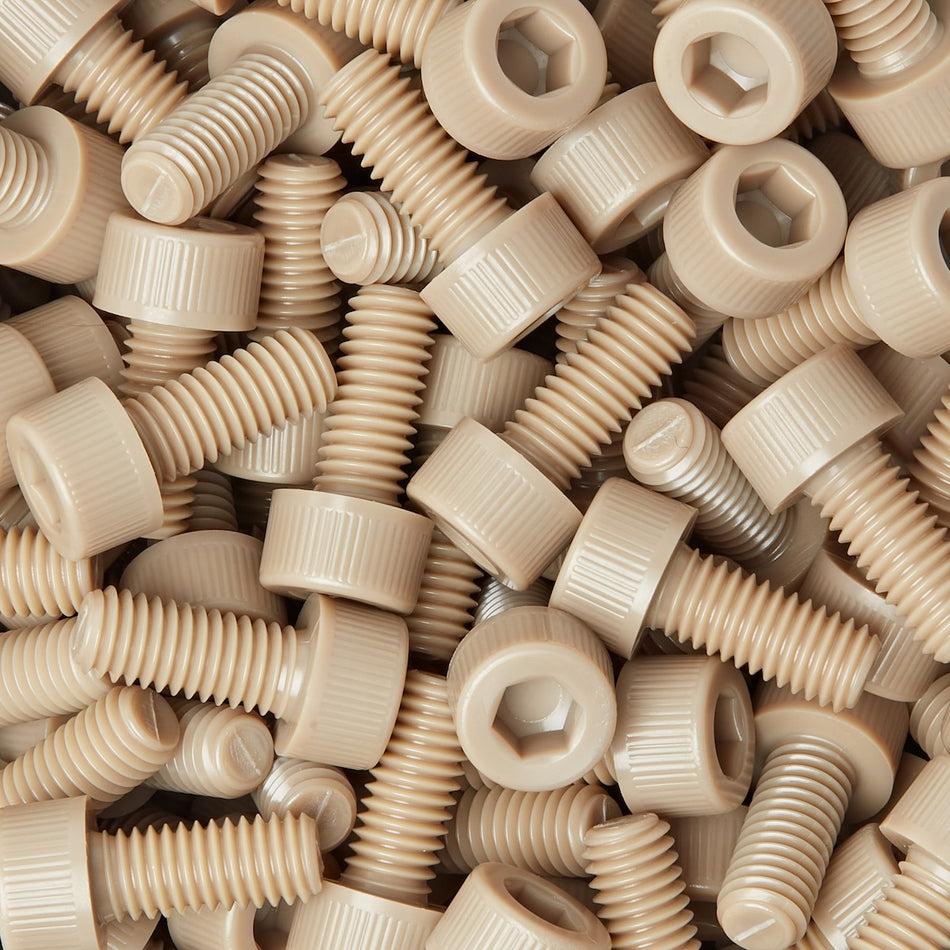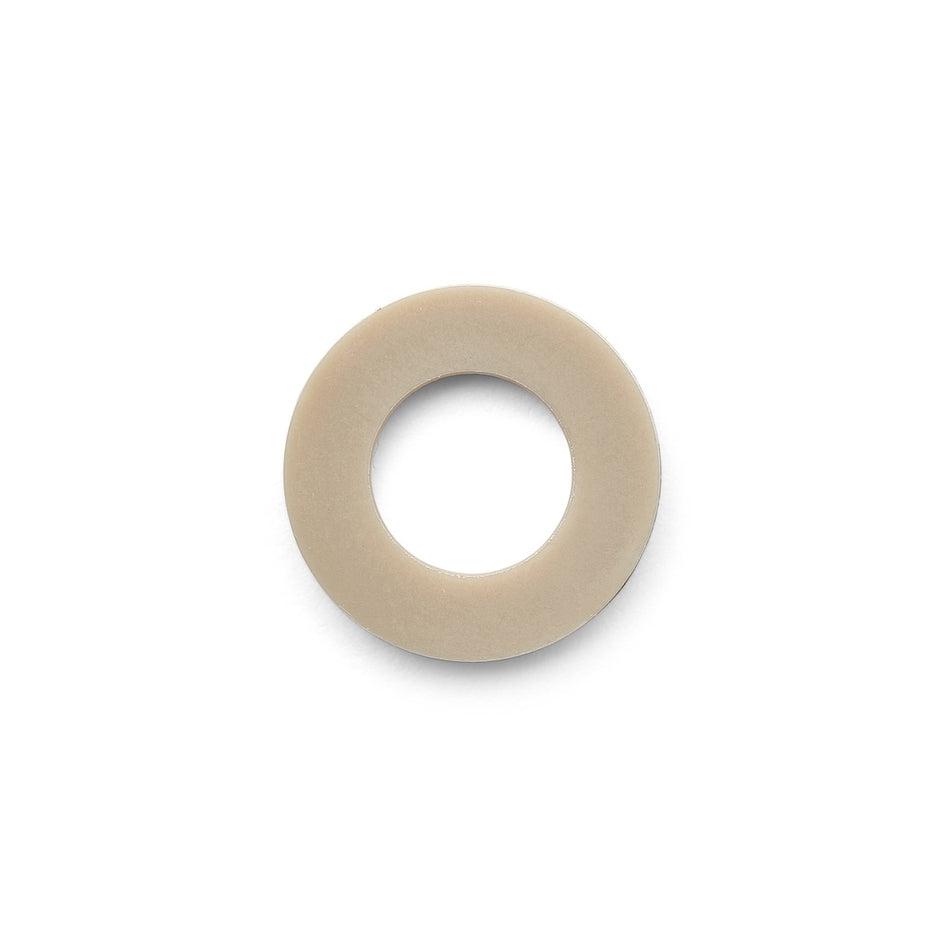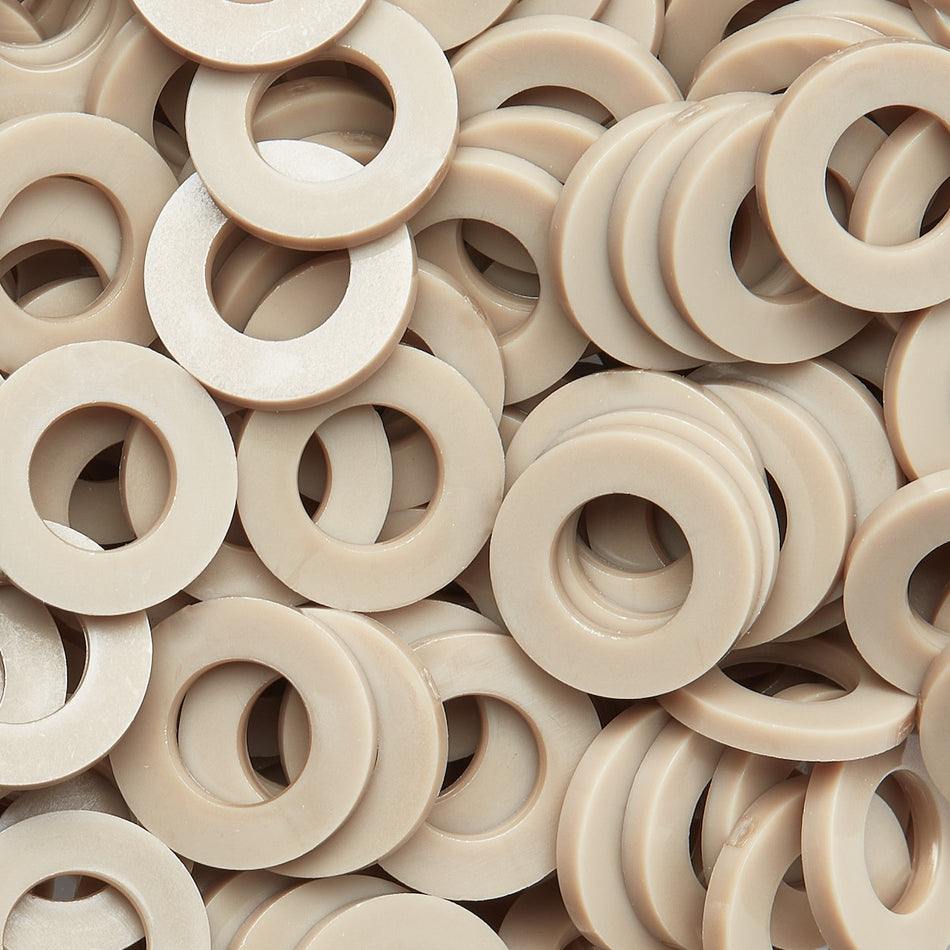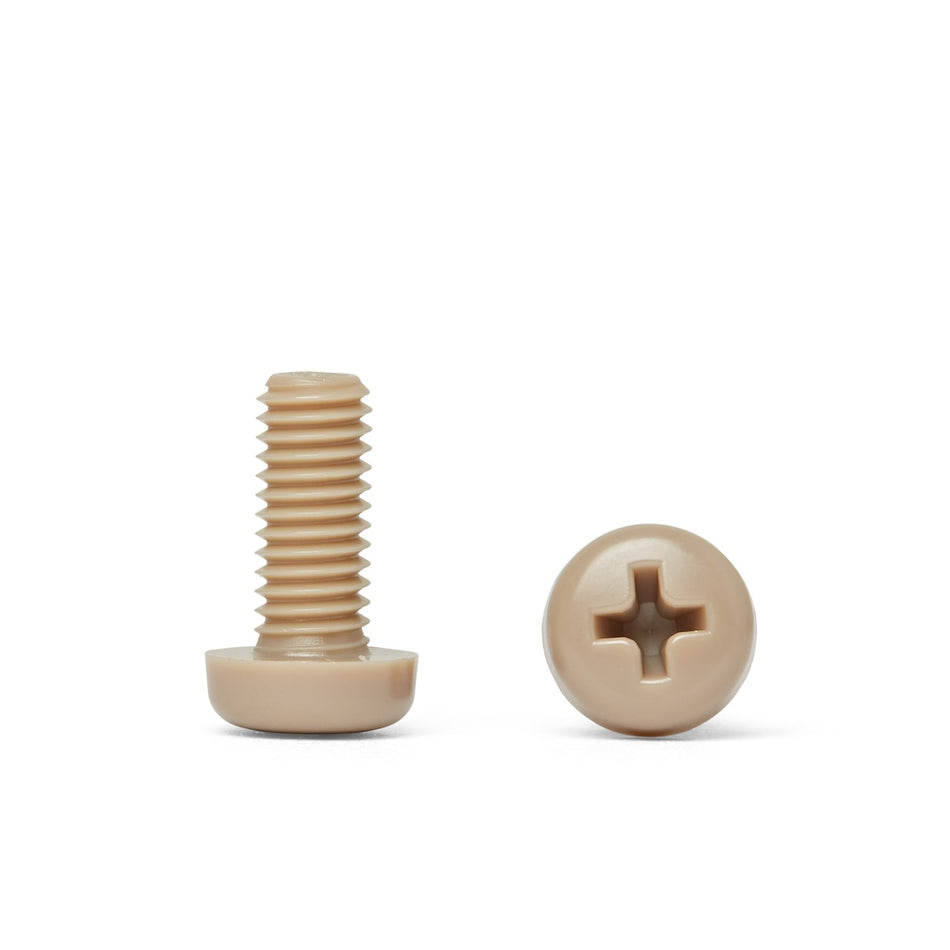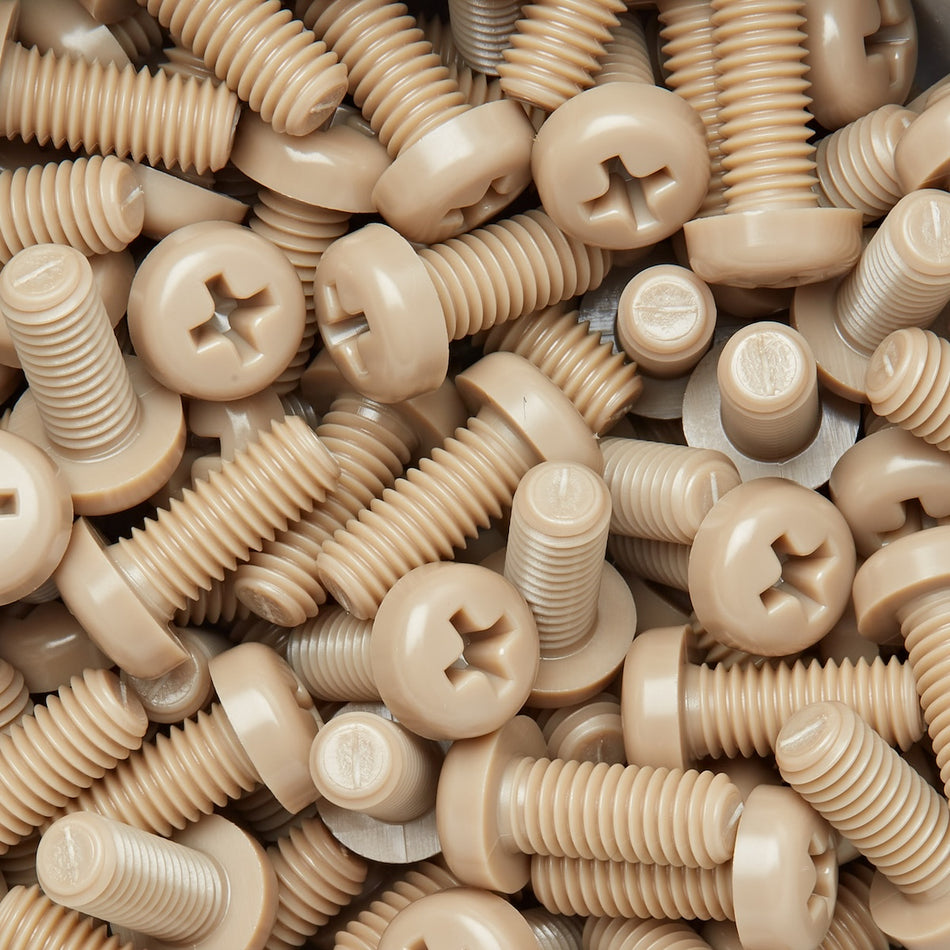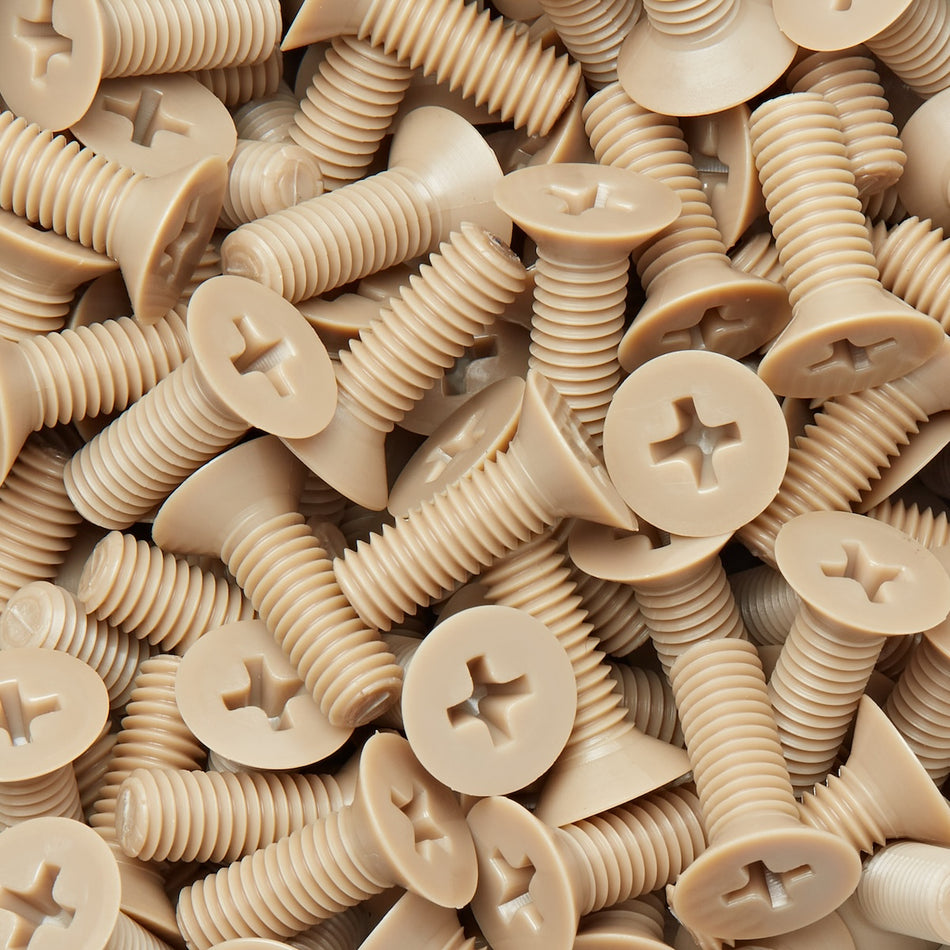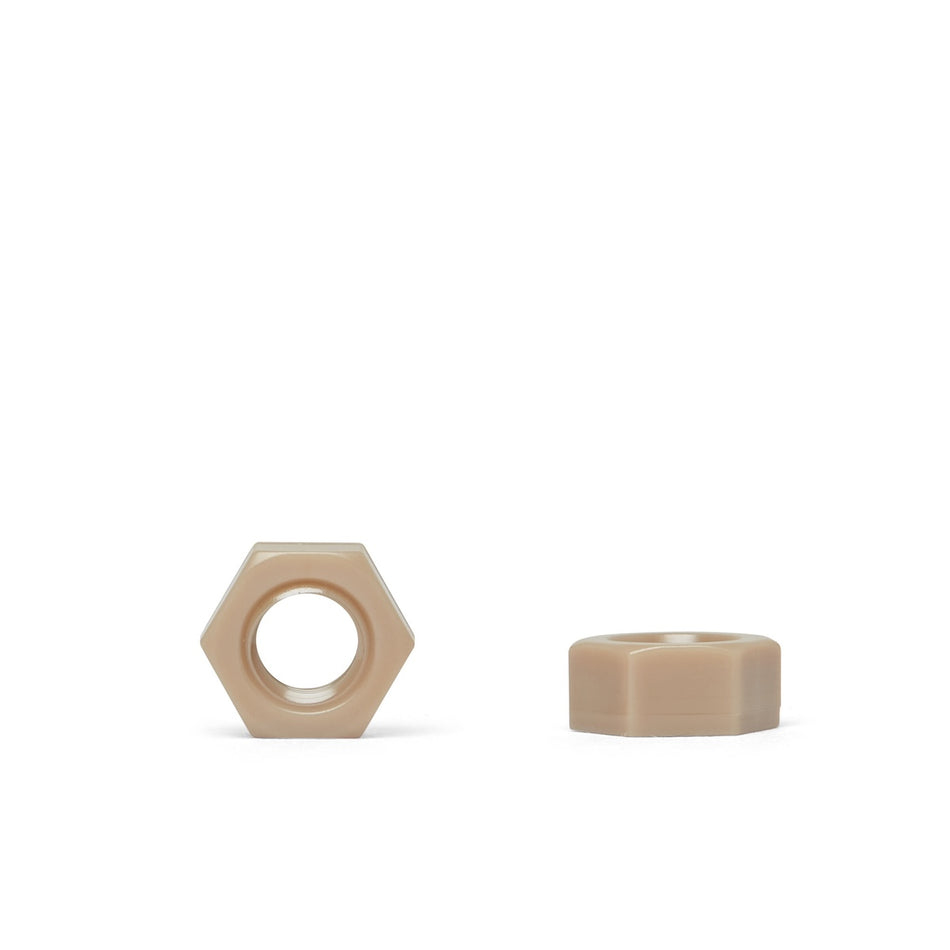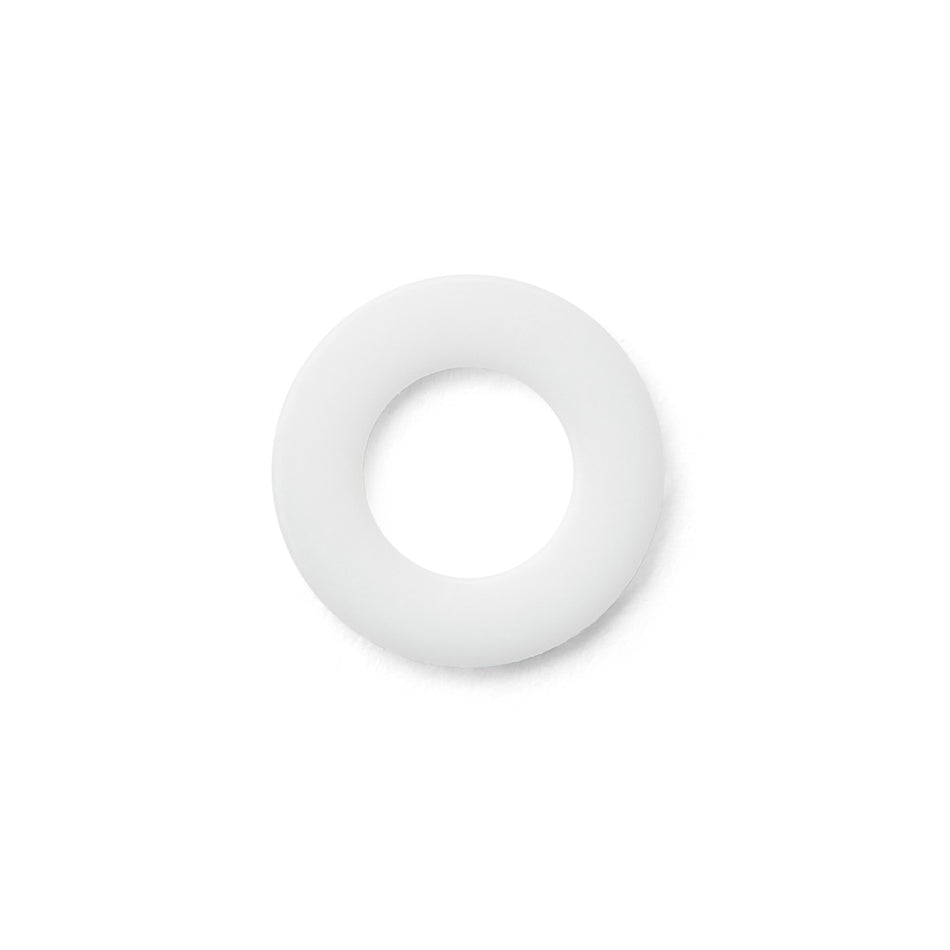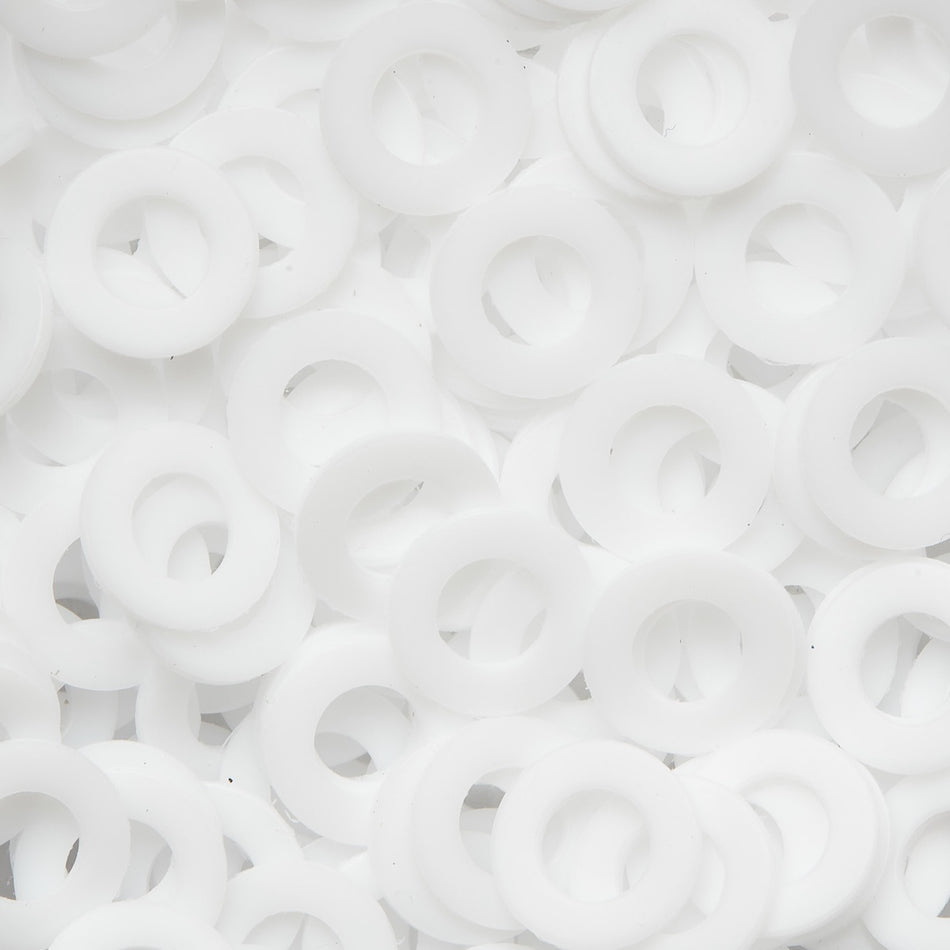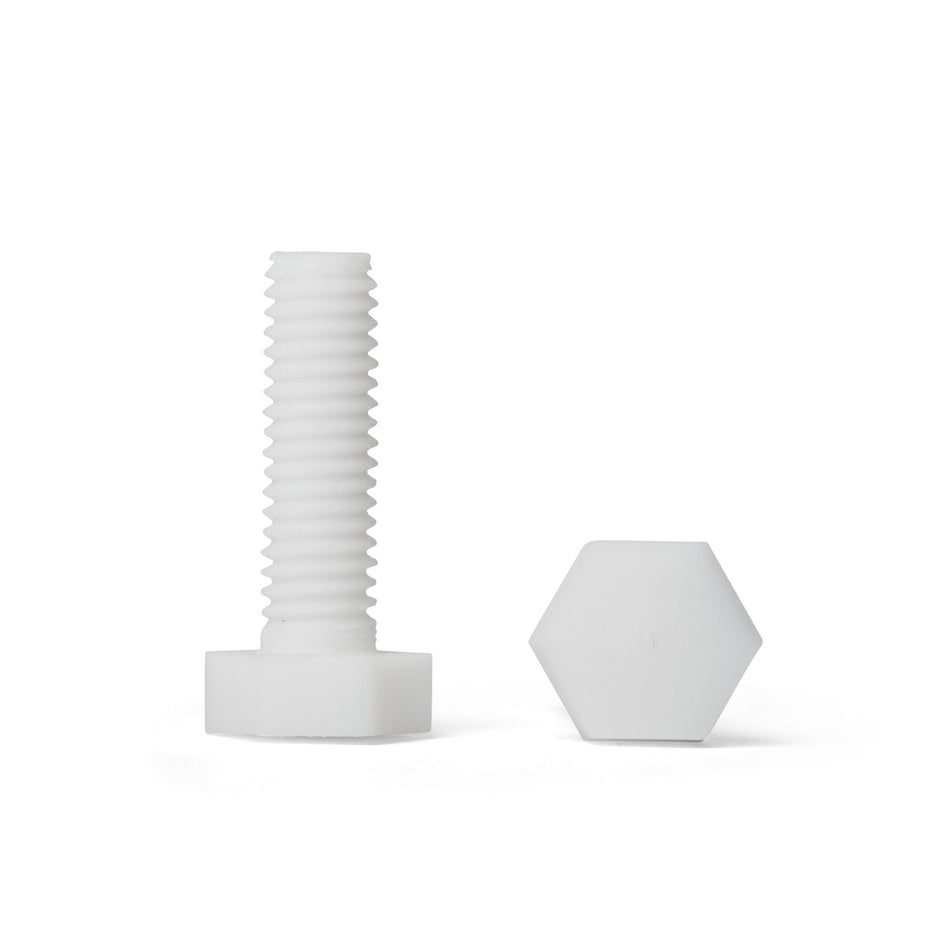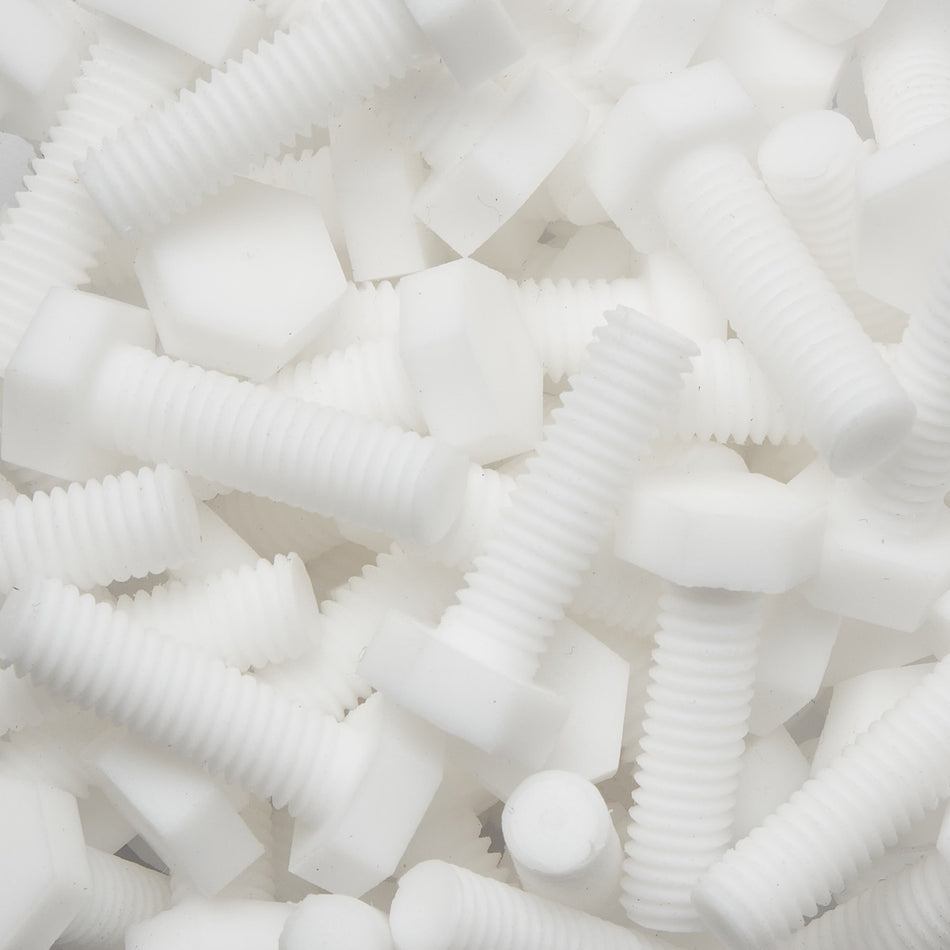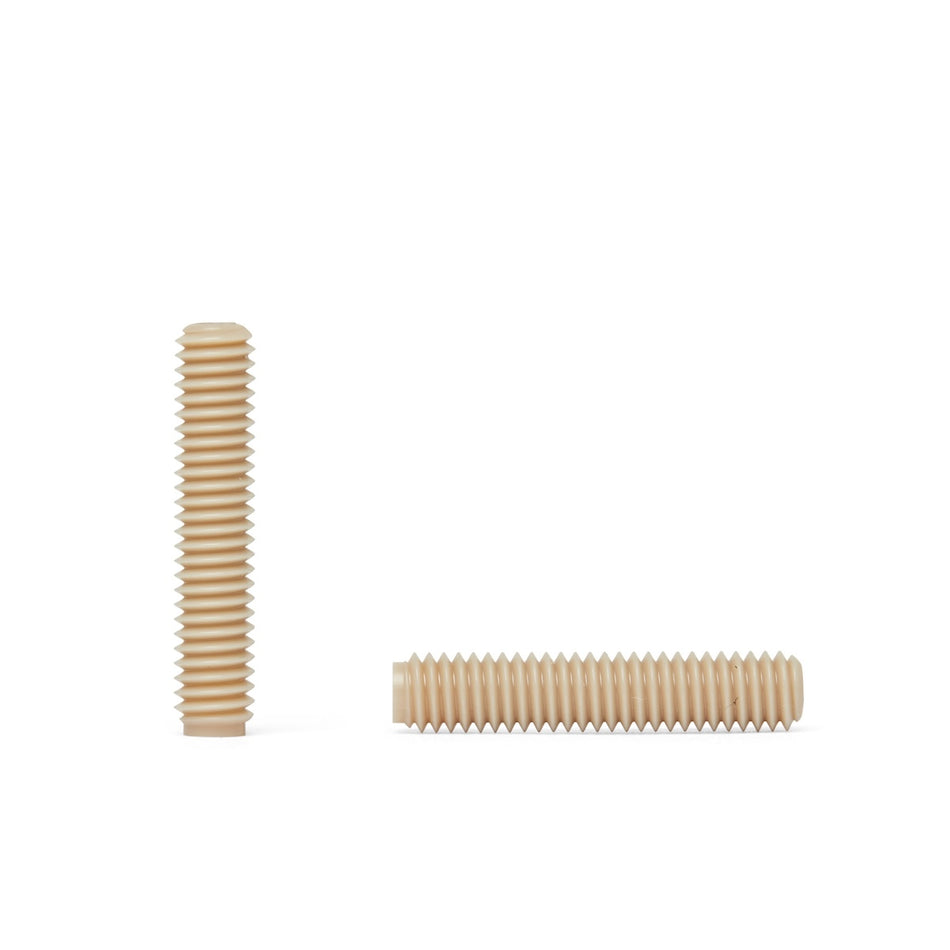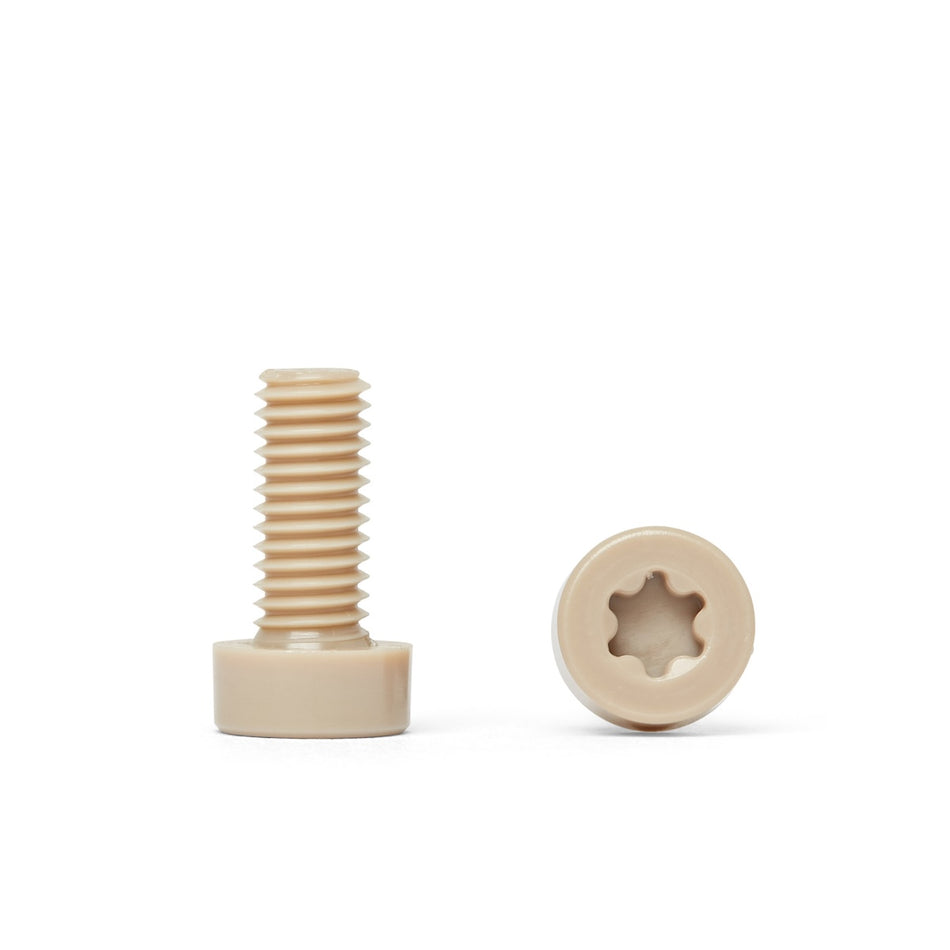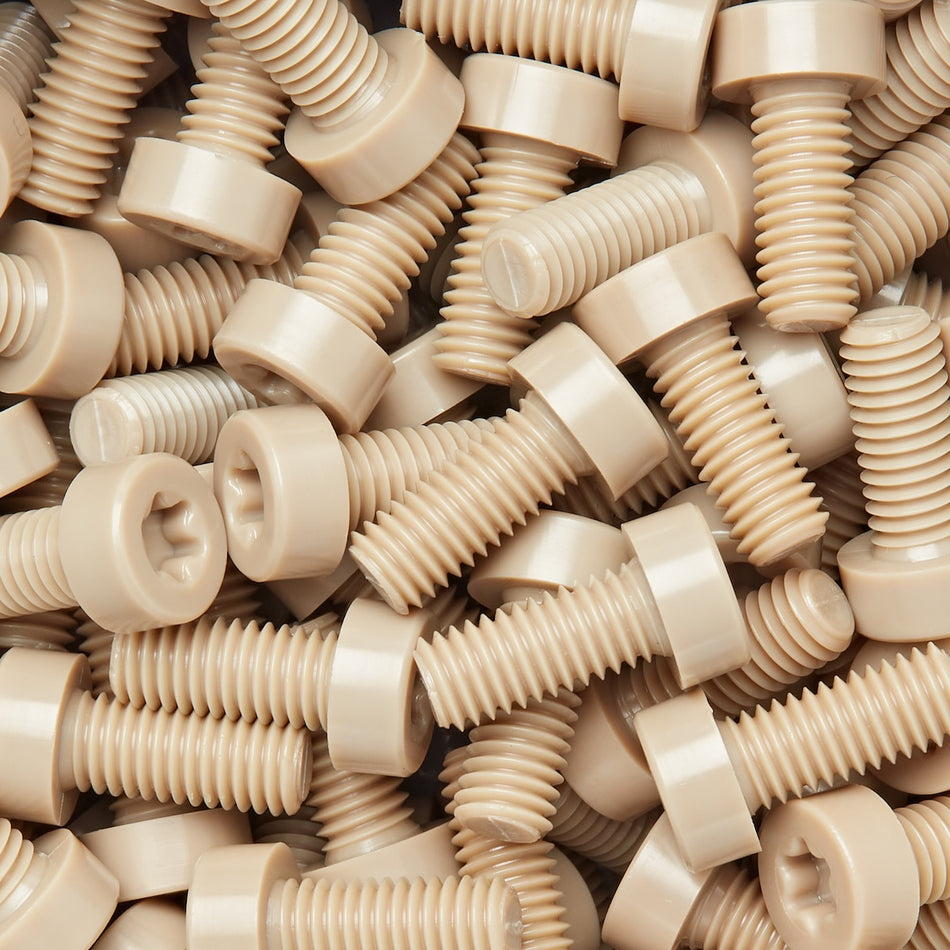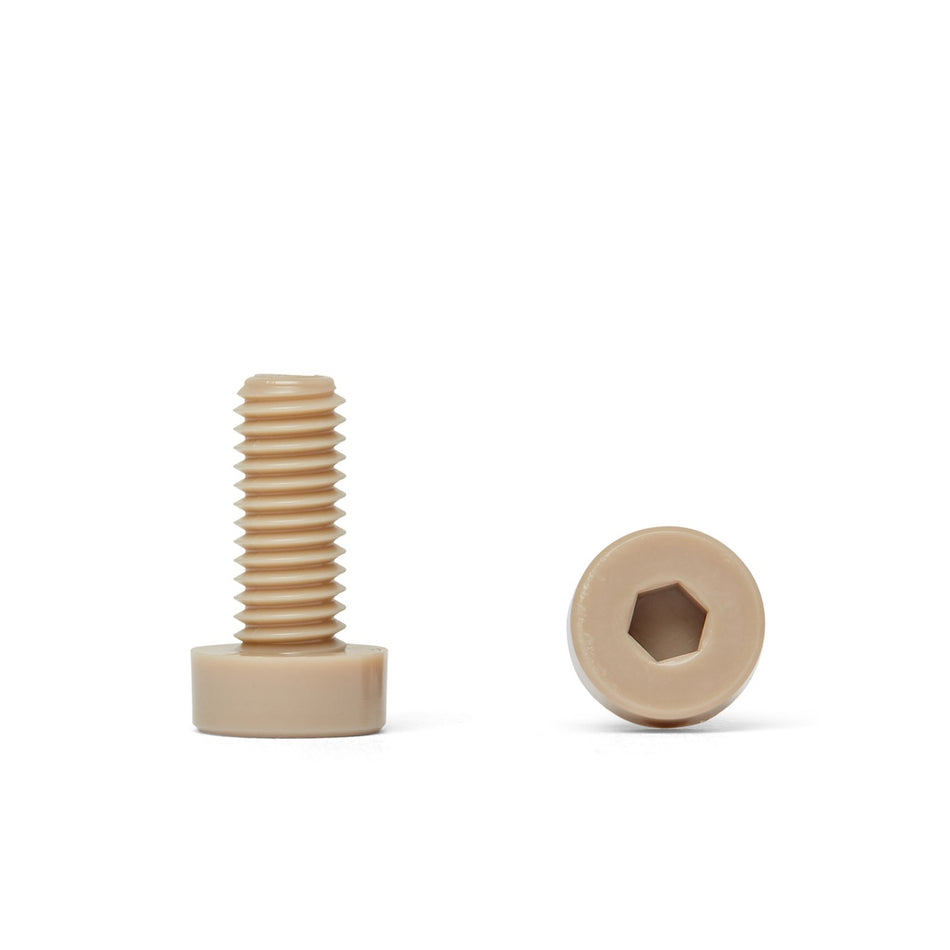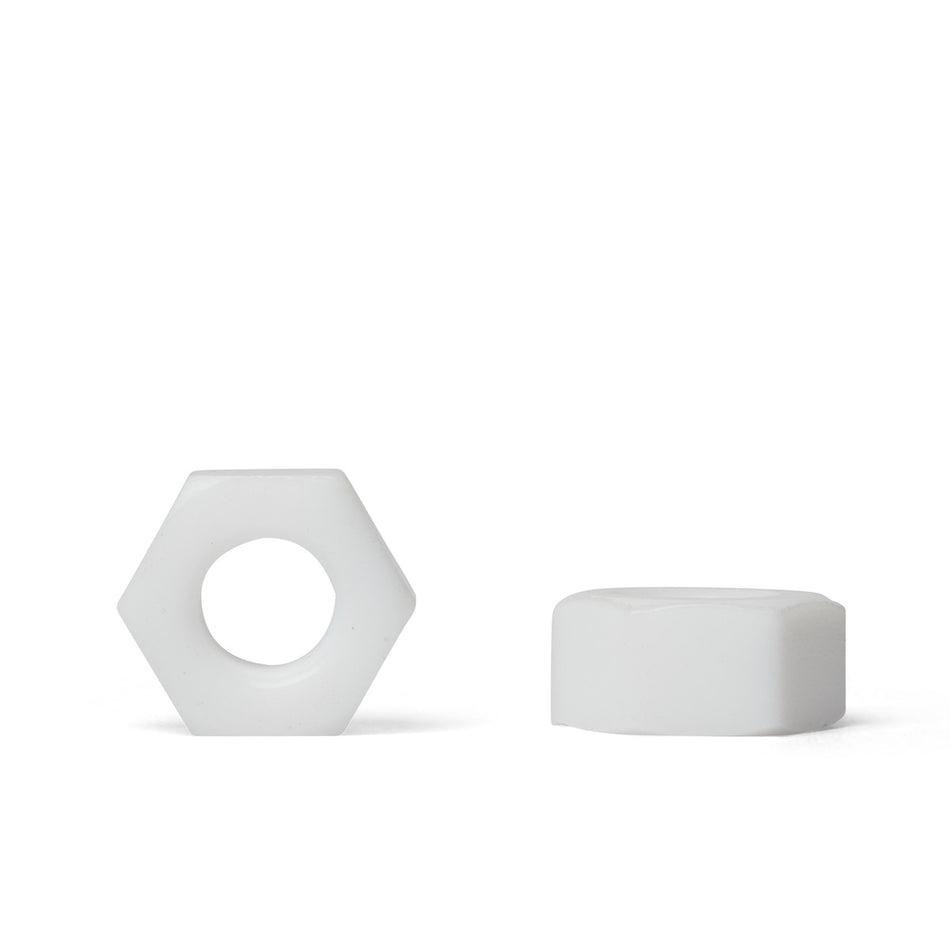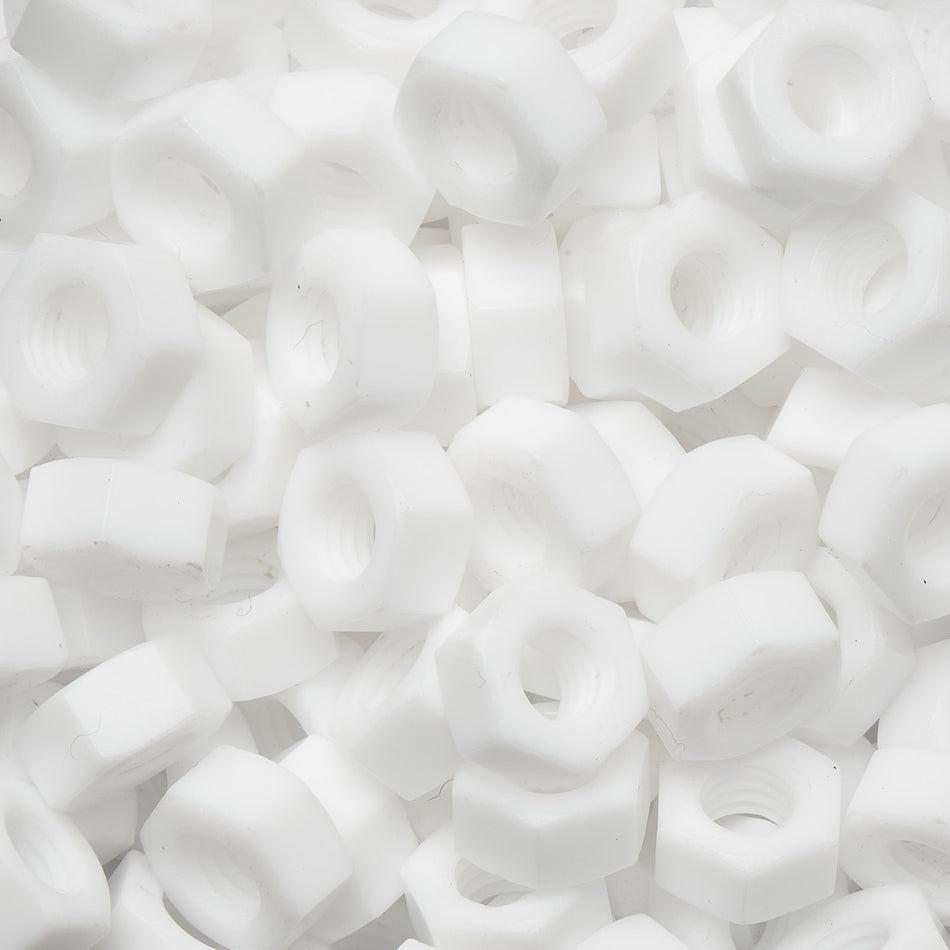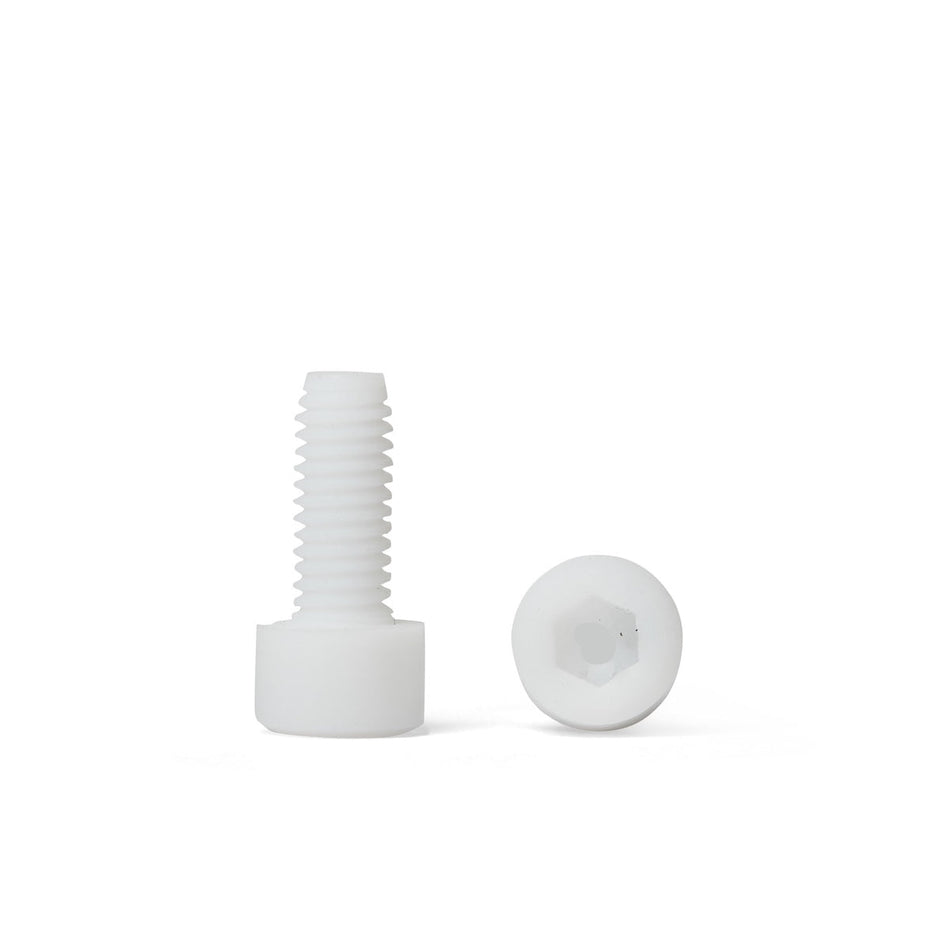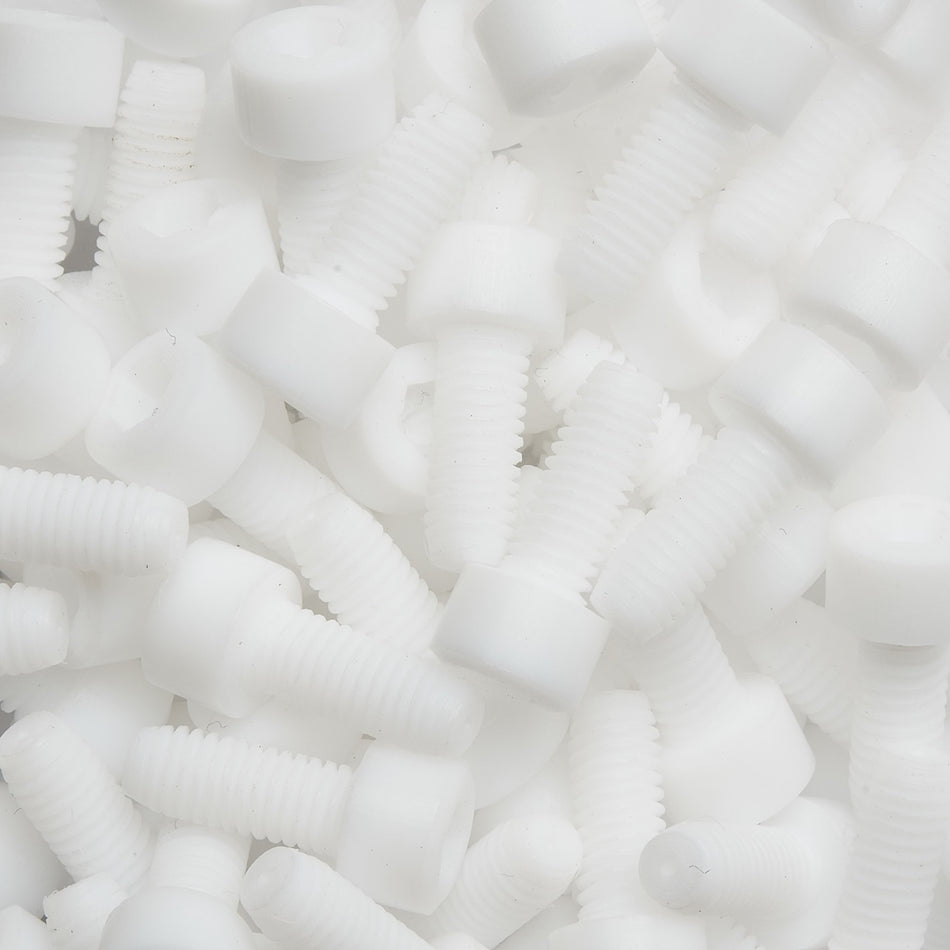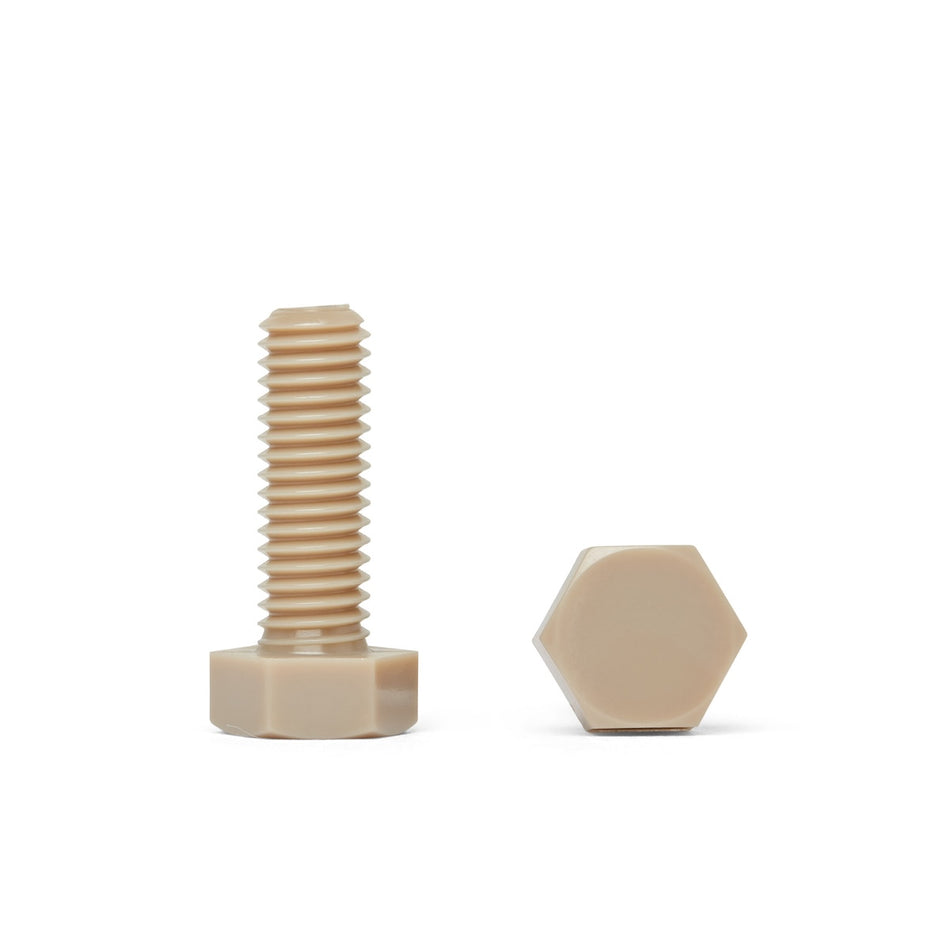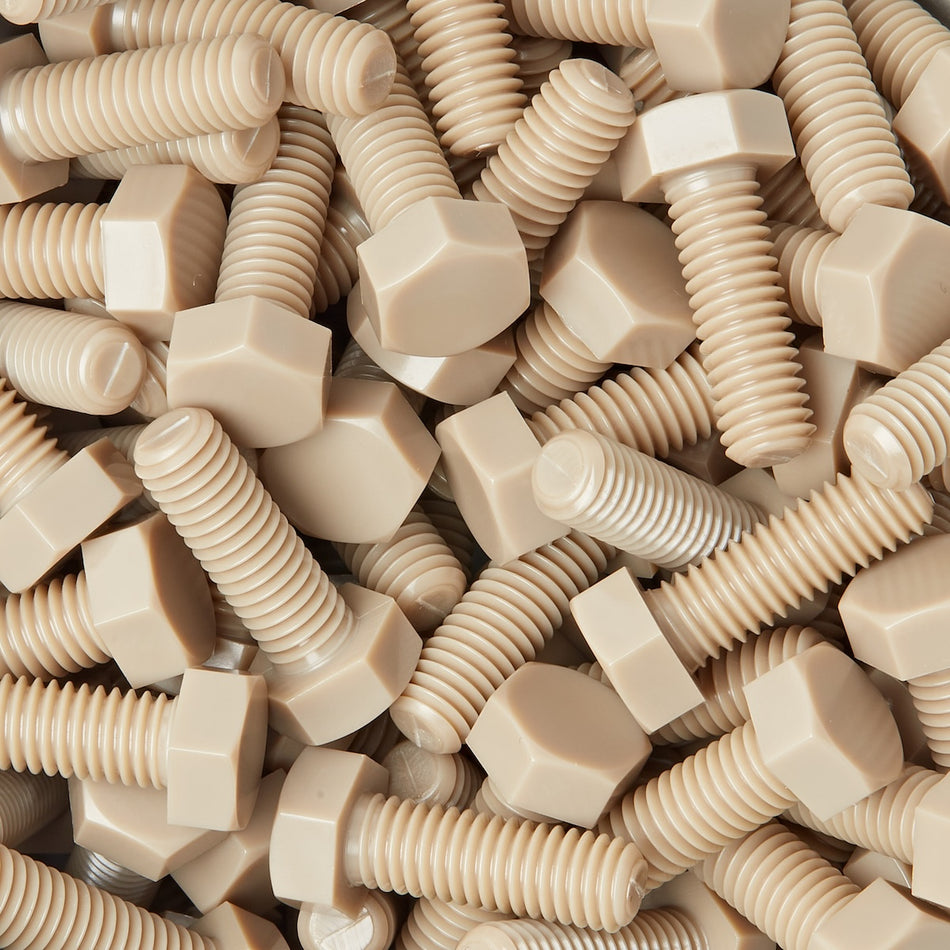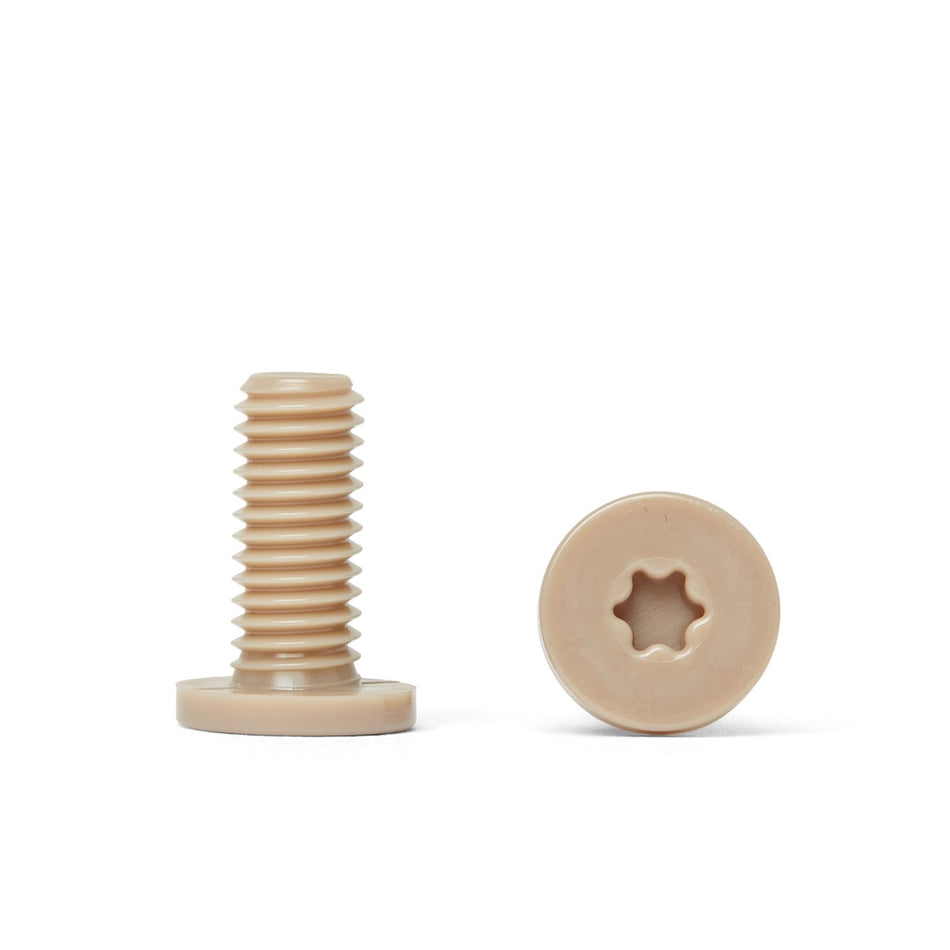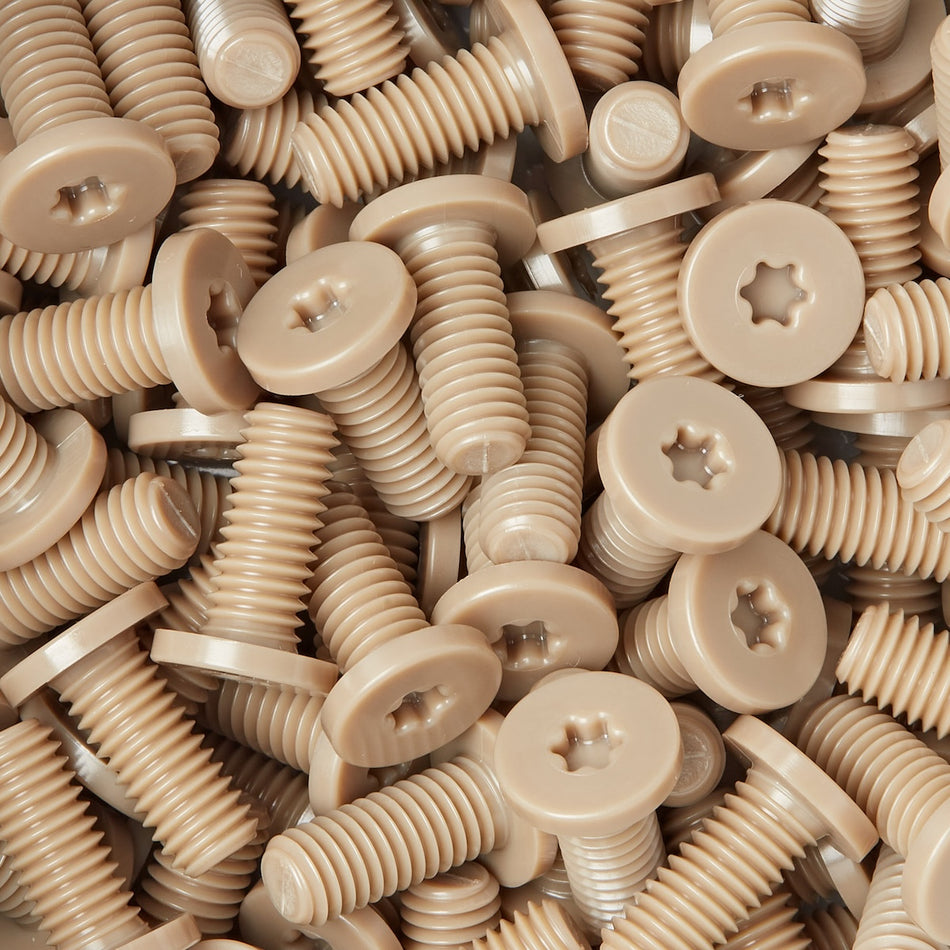107 Prodotti

Why Are Low Outgassing Fasteners Necessary?
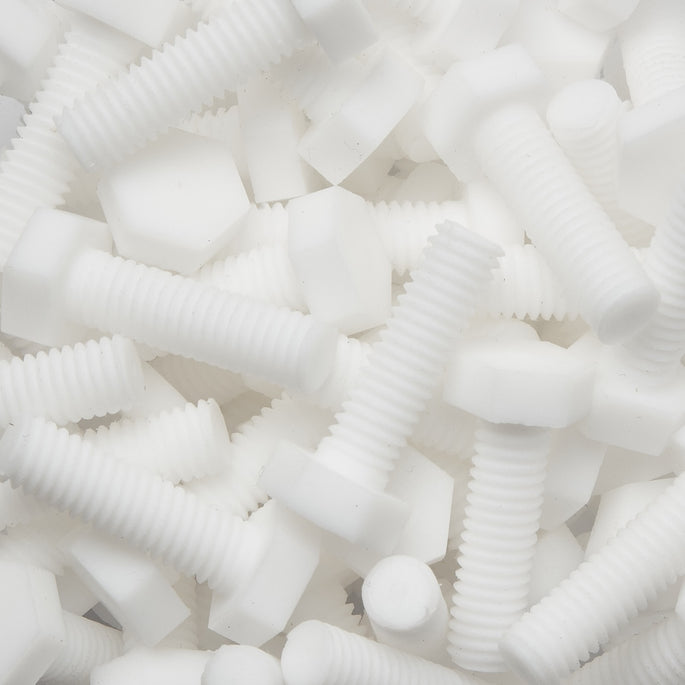
Low outgassing polymers

Typical applications for low outgassing polymer fasteners
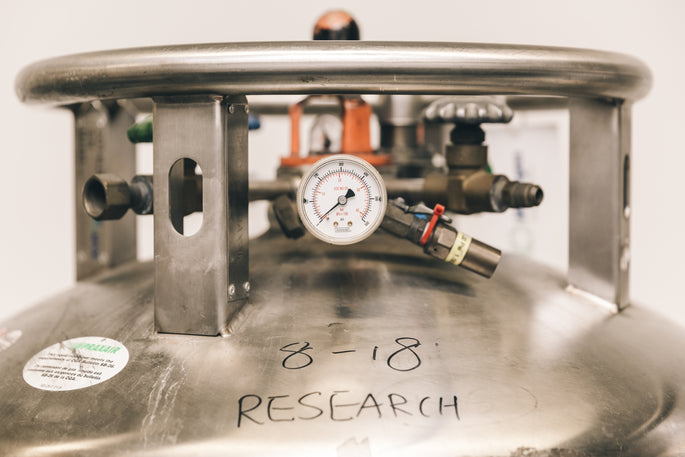
What makes these polymers low outgassing?

What are the key advantages of using a low outgassing polymer fasteners?

Are there other benefits to low outgassing polymers?
Le viti, i dadi, i bulloni, le rondelle e gli elementi di fissaggio a basso degassamento sono prodotti con materiali che presentano un basso tasso di degassamento, ovvero di rilascio di gas nell'ambiente circostante. Vengono utilizzati in una serie di applicazioni in cui il degassamento è un problema, come nell'industria aerospaziale e della difesa o in ambienti in cui sono presenti condizioni di vuoto.
Il degassamento può essere un problema in alcune applicazioni perché il rilascio di gas nell'ambiente può influire sulle prestazioni delle apparecchiature o sull'ambiente circostante. Ad esempio, nell'industria aerospaziale, il degassamento può causare la contaminazione dei sistemi ottici o interferire con le prestazioni dei sensori; negli ambienti sottovuoto, il degassamento può causare un aumento della pressione, che può influire sulle prestazioni delle apparecchiature o dei processi.
Per realizzare viti, dadi, bulloni, rondelle e dispositivi di fissaggio a basso degassamento si possono utilizzare diversi materiali, tra cui l'acciaio inossidabile, il titanio e alcuni tipi di plastica o polimeri. Questi materiali sono scelti per le loro proprietà di basso degassamento, il che significa che hanno un basso tasso di rilascio di gas nell'ambiente.
Le viti, i dadi, i bulloni, le rondelle e gli elementi di fissaggio a basso degassamento possono essere utilizzati in una serie di applicazioni in cui il degassamento è un problema, come ad esempio nella costruzione di apparecchiature aerospaziali e di difesa o nell'assemblaggio di componenti elettronici. Possono essere utilizzati anche nella produzione di materiali isolanti elettrici o nell'installazione di impianti elettrici.
Le viti, i dadi, i bulloni, le rondelle e gli elementi di fissaggio a basso degassamento sono spesso scelti per le loro proprietà a basso degassamento, oltre che per altre proprietà vantaggiose, come la resistenza alla corrosione e le buone proprietà meccaniche. Possono contribuire a migliorare le prestazioni e l'affidabilità di apparecchiature e sistemi in ambienti in cui il degassamento è un problema e possono aiutare a prevenire la contaminazione o le interferenze causate dal rilascio di gas.
In generale, le viti, i dadi, i bulloni, le rondelle e gli elementi di fissaggio a basso degassamento sono componenti importanti in molte applicazioni in cui il degassamento è un problema e vengono scelti per le loro proprietà a basso degassamento, che contribuiscono a garantire le prestazioni e l'affidabilità di apparecchiature e sistemi in ambienti in cui il degassamento è un problema.

